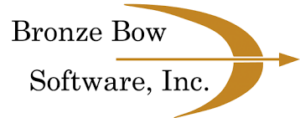
With the increase of cyberattacks in recent weeks, and the expectation for many more to come, companies and organizations need to make sure their businesses and members are safeguarded and in the future. Even the Biden administration recently urged the private sector to more heavily invest in countering cyberattacks.
Marketing Technology News: Alliance Develops Shared Diversity and Inclusion Goals
“We need to realize the Internet has no boundaries, and attacks can come from any direction, at any time. Just as a house needs locks on its doors, every organization needs security and barriers in order to protect it,” said Kurt Boller, founder of Bronze Bow Software, a computer company who’s serviced companies’ computer systems for more than thirty years–and performs security assessments and secures systems against cyberattacks.
Emails are one of the primary tools hackers use to gain access to a system, and employees are the gatekeepers to stop these emails. While most companies have many levels of cybersecurity already in place, the most basic level is where employees are exposed to emails that use some form of deception to gain a foothold into the system.
Marketing Technology News: MarTech Interview with Clarence Kam, Chief Product Officer at JW Player
Some of these are:
- The sender’s name may be correct; however, the email address is not.
- A legitimate contact has been hacked, and there are multiple spelling and grammar errors.
- There’s an unexpected or unrequested attachment with the email.
- There are links in the body to an unrelated webpage.
- The sender gives direction to contact tech support and provides a phone number.











